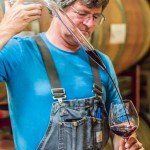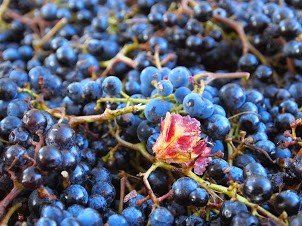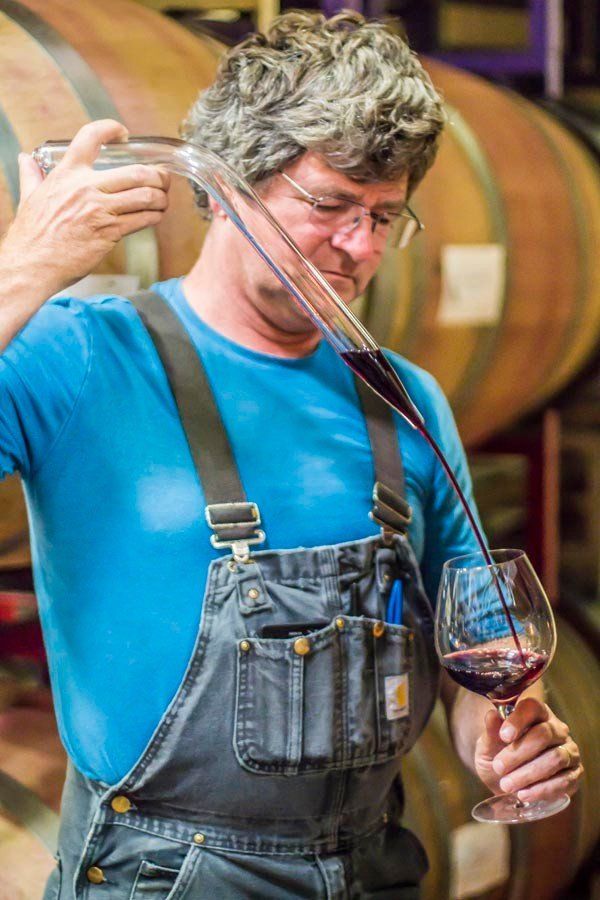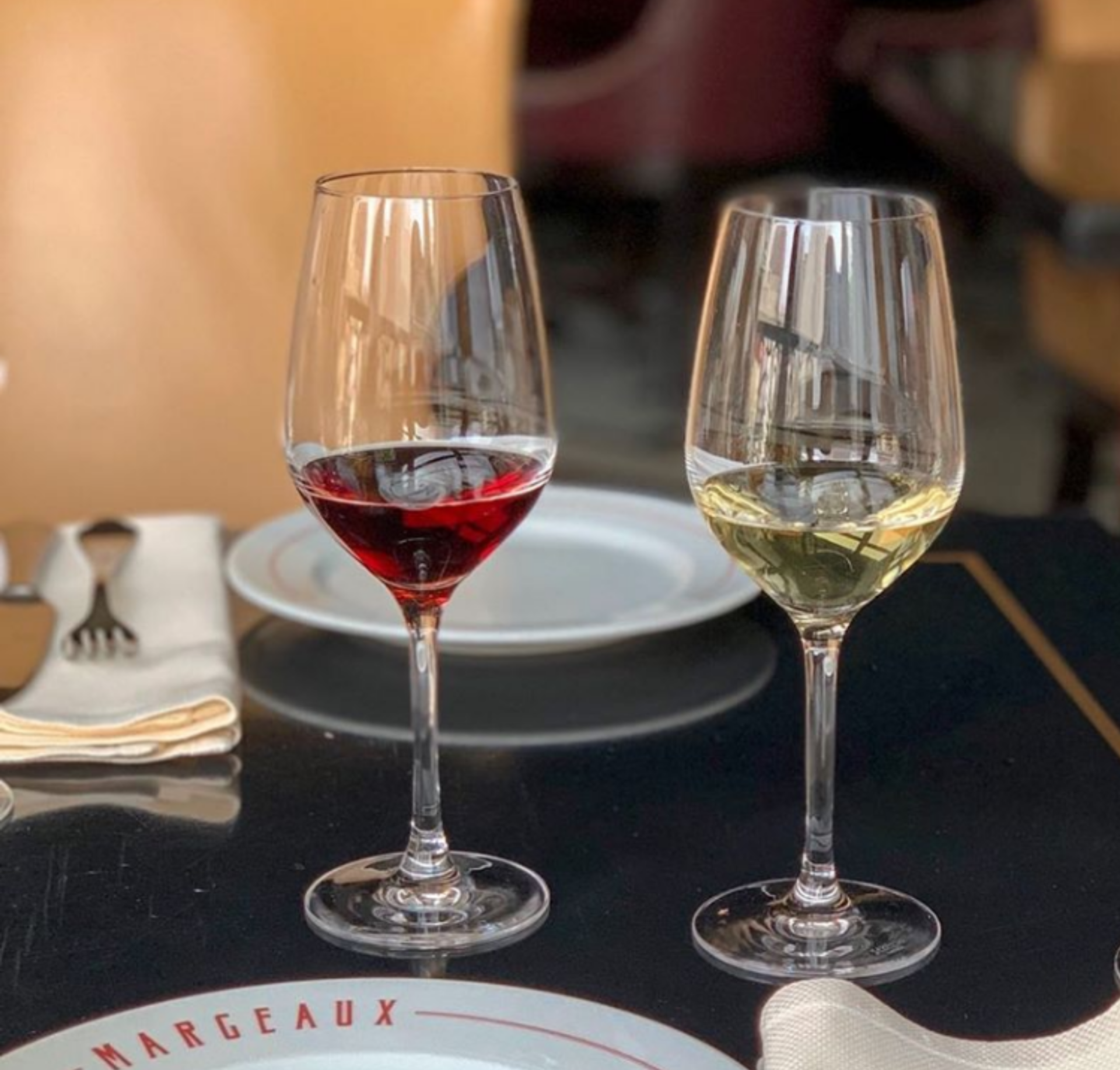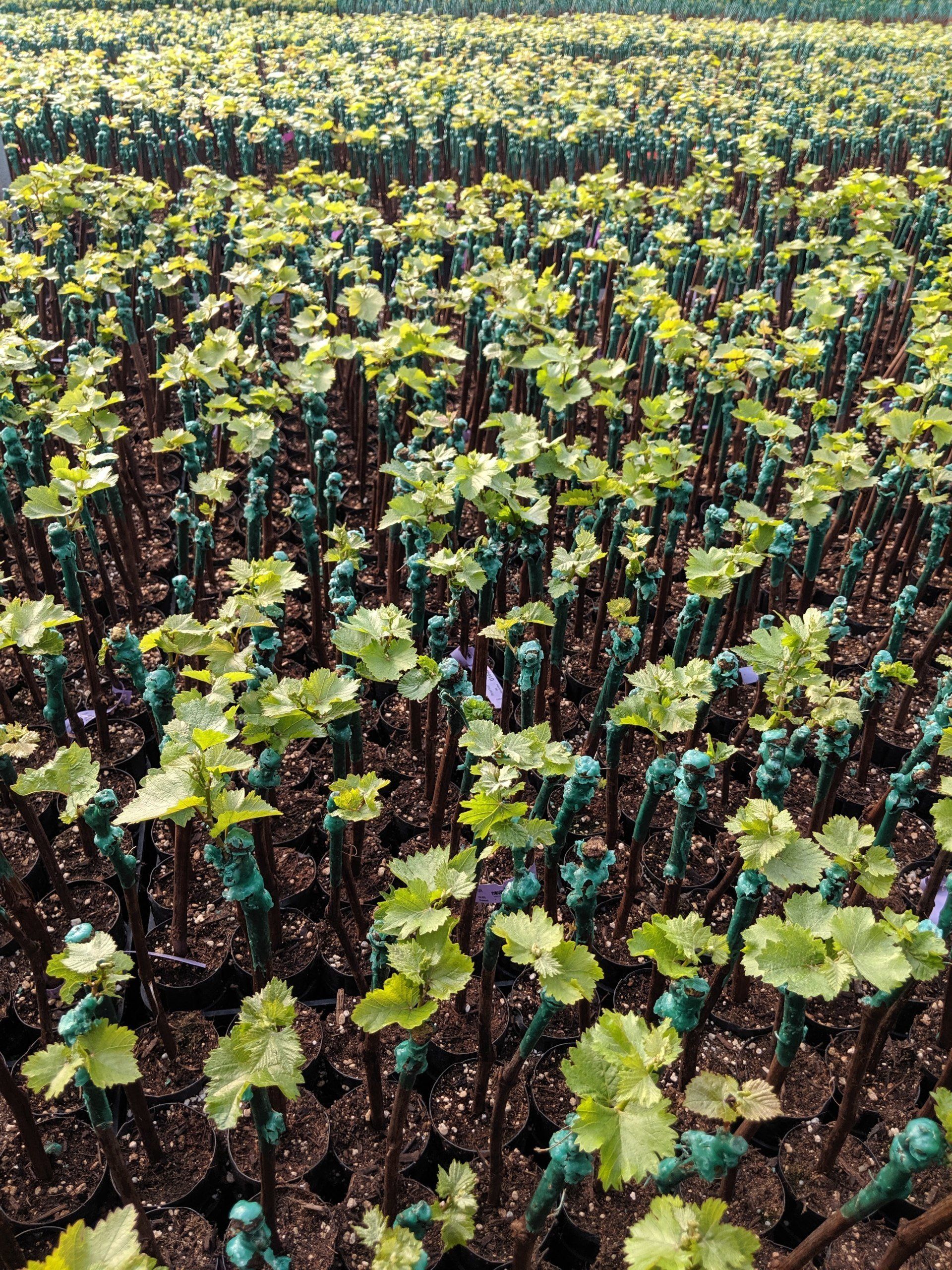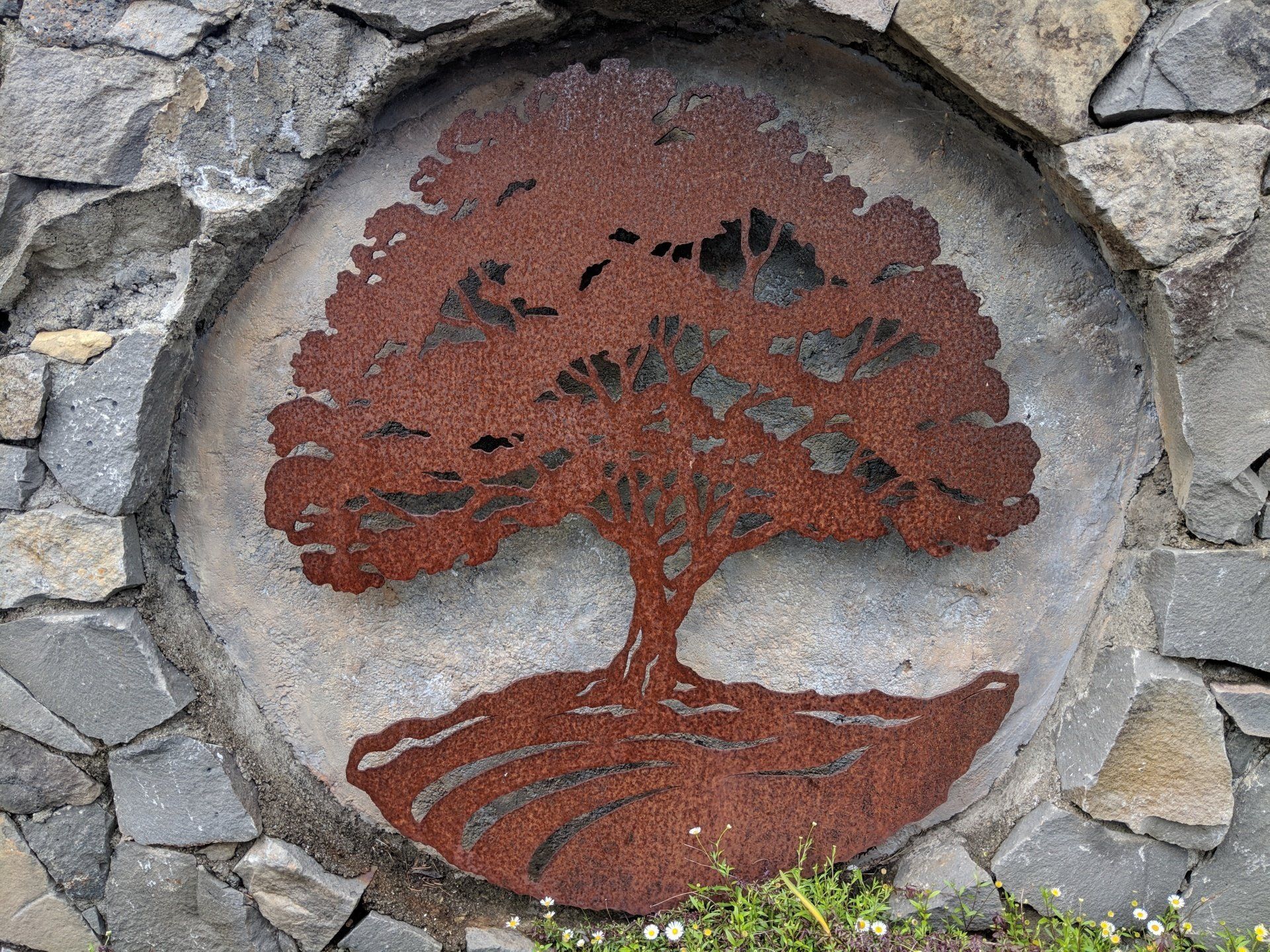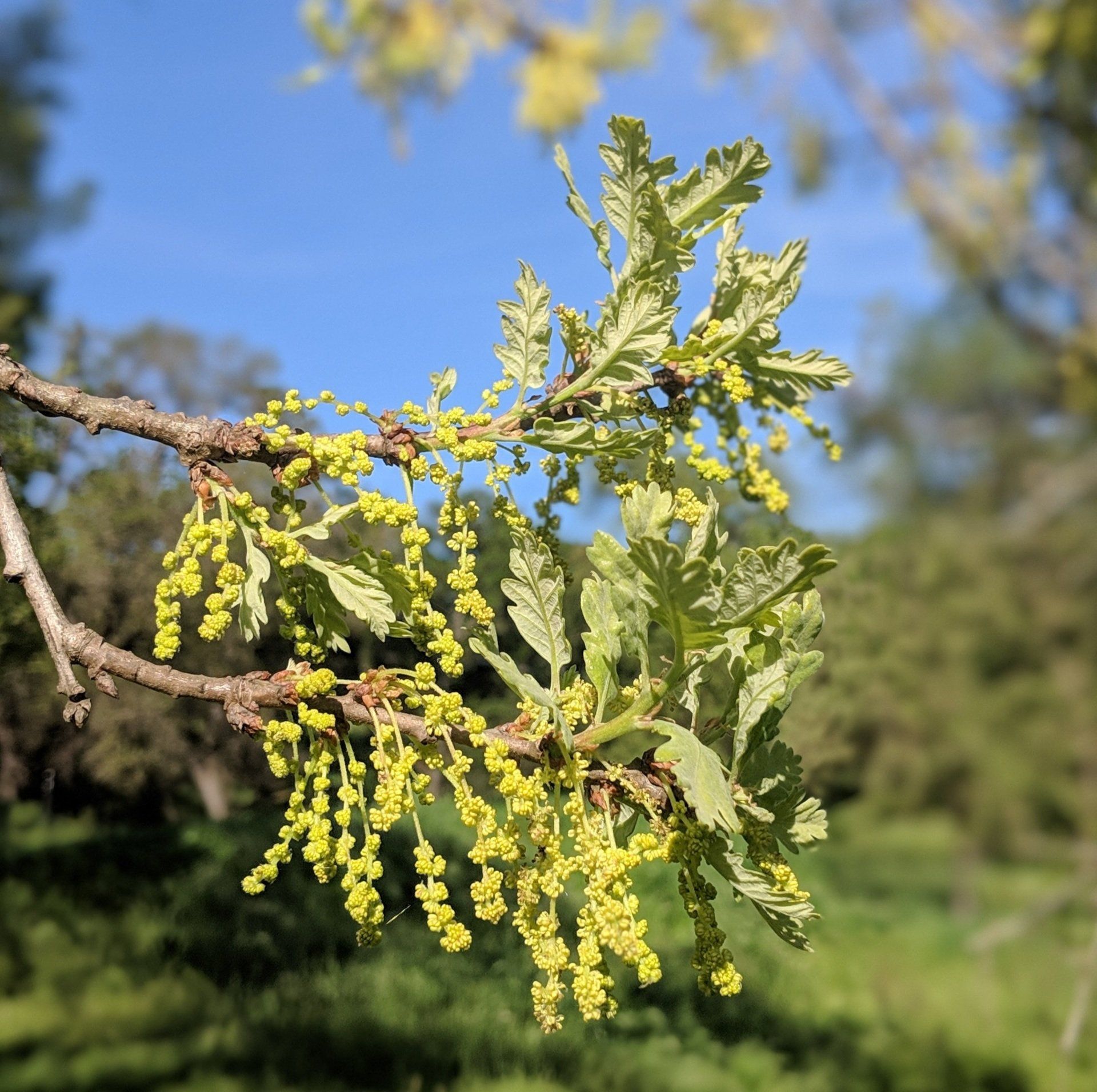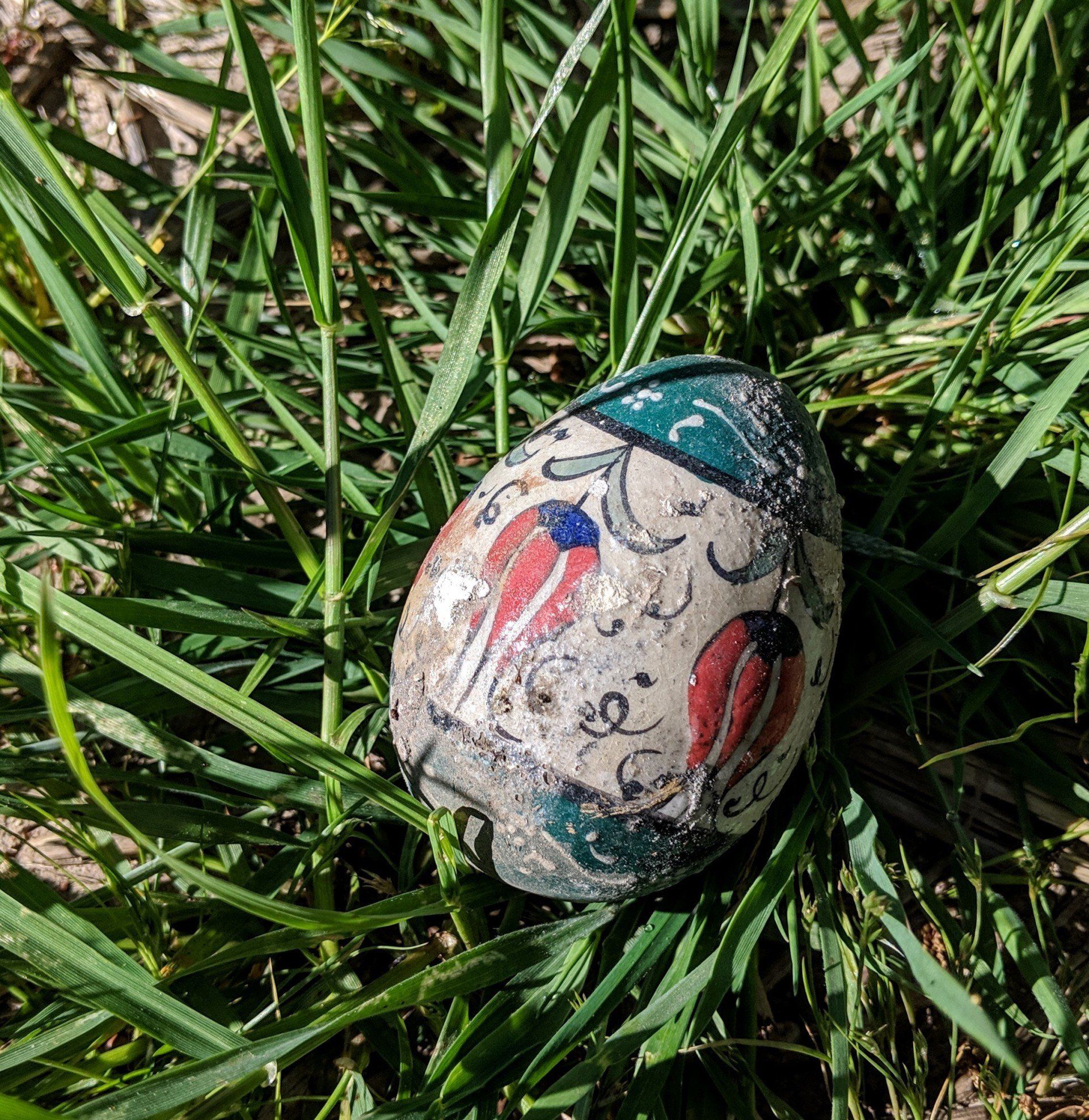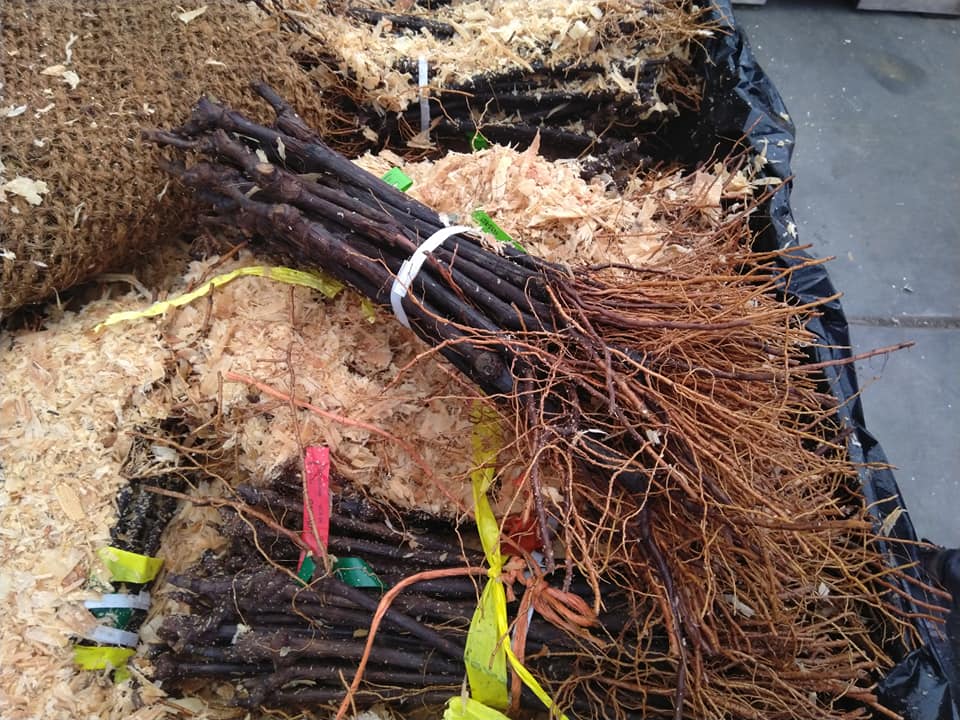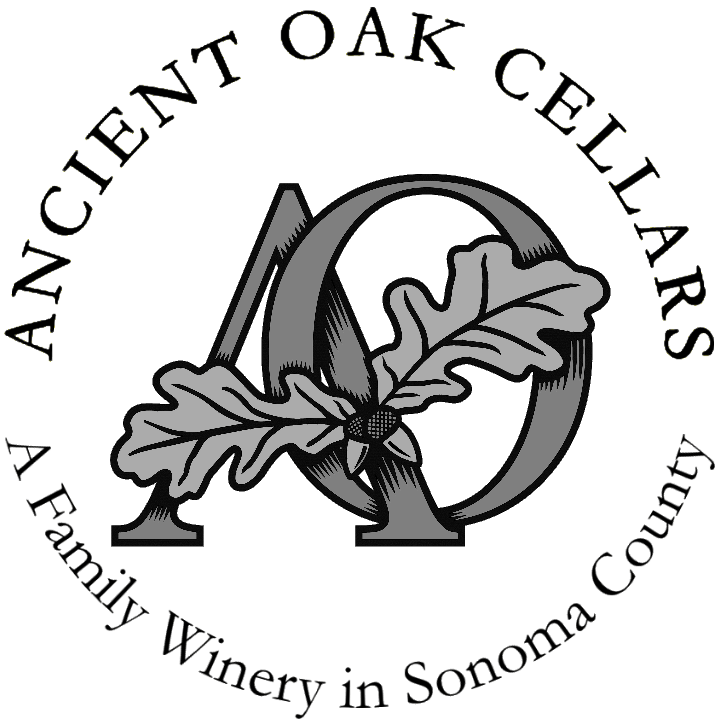National Farm Animals Day — Sustainability at the Ranch
- By mjms47
- •
- 10 Apr, 2016
- •

“Some terms defy definition. ‘Sustainable agriculture’ has become one of them. In such a quickly changing world, can anything be sustainable? What do we want to sustain? How can we implement such a nebulous goal? Is it too late? With the contradictions and questions have come a hard look at our present food production system and thoughtful evaluations of its future. If nothing else, the term ‘sustainable agriculture’ has provided ‘talking points,’ a sense of direction, and an urgency, that has sparked much excitement and innovative thinking in the agricultural world.”
Mary V. Gold, United States Department of Agriculture
Innovative thinking and a sense of urgency in farming are widely regarded as necessities in these critical, ever-changing times. But for a great number of family farmers such regards are timeless sensibilities tied to a basic set of ethics about caring for land, plants and animals. Especially when these are one’s own commodities. Melissa reminded me of this recently, and while it may seem to some a very simple idea, what she had to say provided me a new context for thinking about the concept of sustainability:
“The kind of ‘sustainability’ that we practice at Siebert Ranch is the kind that farmers use when they actually live on the land that they farm. The land is a continuing family legacy, and it is our home. So it’s imperative that we care for it in the most efficient and ethical manner possible. You simply have to ask yourself, ‘Why would I want to spray pesticides on my own crops? Why would I want anything less than healthy soil and plants on my own land?’”
I see with my own eyes, as I work the vineyard with Ken and Arnulfo an Juan, the time and care required to adhere to the basic ethic of sustainability. But the model and practices also adhere strictly to the United States Department of Agriculture’s clearly delineated standards for sustainability. Congress dealt with the issue of sustainable agriculture in 1990, resulting in the FACTA “Farm Bill”. Under this law, sustainable agriculture was assigned the following basic parameters for all site-specific “integrated systems”of plant and animal production:
A. Satisfy human food and fiber needs
B. Enhance environmental quality and the natural resource base upon which the agricultural economy depends
C. Make the most efficient use of nonrenewable resources and on-farm resources and integrate, where appropriate, natural biological cycles and controls.
D. Sustain the economic viability of farm operations
E. Enhance the quality of life for farmer and society as a whole
I went to Ken this week to find out more about how Siebert Ranch and the other Ancient Oak Cellars’ vineyards commit themselves to these guidelines, and to shed more light on what might appear to the layman to be somewhat nebulous descriptions.
Satisfying human food and fiber needs
“Our practices are sustainable in a variety of ways,” says Ken. “Our vineyards are part of a diverse family farm. The vineyards are our cash crop, providing the raw material for the production of premium wine. Secondly, we also have sheep which graze the grass and provide wool and meat. In addition we also have chickens for egg production and we maintain a kitchen garden.”
Enhancing environmental quality and the natural resource base upon which the agricultural economy depends.
What exactly does this mean?
“I’ll first point out that only half of our farm is vineyards; the other half is pasture woodland, and creek habitat. Although some more land could be put to vineyard use, we believe the environmental cost would be too high. We protect the creek areas with fencing and keep the sheep out of these areas so that native riparian plants will regenerate and thrive and the new oaks will grow up to the replace the old ones.We encourage the natural succession of plants and habitat development around our diversion pond, even though some water is ‘lost’ to this habitat.”
“In our vineyard floor, we maintain a permanent sod cover. A variety of grasses and small, leafy plants promote a robust habitat for wildlife diversity. This means we may have to irrigate somewhat more (because the sod competes with the grapes for moisture), but the habitat and erosion control benefits outweigh the irrigation cost in our estimation.”
“We encourage native birds with habitat protection and by providing nesting boxes. We also promote excellent habitat for native hawks and barn owls that in turn help us by controlling gopher and other rodent populations.”
I next asked Ken to talk about making the most efficient use of nonrenewable resources and on-farm resources and integrating natural biological cycles and controls.
“We use a drip irrigation system, which is an inherently water efficient tool. They run on electric pumps, and we run them only during off-peak times. We maintain it regularly to maximize its efficiency. We have developed redundant irrigation supplies, with both wells and a pond available. We monitor our wells for potential falling groundwater levels and our surface water retention pond for water quality and environmental effects. We have the ability to use groundwater to maximize surface water habitat, or surface water to protect the water table, if necessary. And so far, neither one is in any way imperiled. We employ full deficit irrigation practices. Even in a hot, dry year such as 2007 we irrigated with less than six inches of water for the season. On average, we put about four inches of water into the system each year.”
“The sheep are an integral on-farm resource. We maintain them on the property and in the winter we graze them in the vineyards. This saves mowing with equipment and the resulting soil compaction, fossil fuel use, etc. The sheep are very effective and thorough, and we also save in-row cultivation or herbicide spraying for the time they are in the vineyard.”
“As far as spraying chemicals, we minimize the use of pesticides. We never use restricted-use chemicals. We use ‘Integrated Pest Management” techniques. We only rely upon cultural practices to encourage the health of the vines and other plants, meaning simply that we are treating the cause rather than the symptom. Pesticides are only used in very limited circumstances.”
“One example is when I use a small amount of herbicide to control weeds in just the vine rows, that is, for an area about ¼ of the vineyard floor or about 4 acres (out of the 15 acres of vineyard on the total 31 acres of the ranch). I have explored alternatives, but they generally involve additional cultivation (which uses more energy and damages the soil structure), inordinate inputs of labor, or significantly greater use of fossil fuels. Using a large tiller, for example, will use fuel and impact the soil. By using sheep in the fall and winter, we only need to spray once in a few areas in spring before the vines develop suckers at the base. Compare that to the standard practice of four applications. Moreover, we can spray a low application rate because the sheep leave the weeds very short. They are an essential resource on the farm.”
“Another situation that may involve us spraying a pesticide would be in protecting against fungi and mold in the spring. All vineyards have this issue. Our primary tool is sulfur dust, which is a very traditional treatment that is listed under the Organic Materials Review Institute. Depending upon the conditions, we may make one or two applications with a synthetic fungicide in the period from April through June, though many years we don’t use anythimg but sulfur.”
“Finally, we will use targeted spot-applications (utilizing a small hand operated knapsack sprayer) of a broad leaf-specific herbicide to control thistles and blackberry and certain other weeds in our pasture areas.”
“We also use practices such as mulching the annual prunings which return their nutrients to the soil. We coordinate with neighboring farms with large livestock to bring in manure which we use for compost to amend our vineyard soil.”
How does a farm like Siebert Ranch sustain the economic viability of farm operations?
“There many challenges in maintaining family farms. The pay is not great, the risks are high and the land is too expensive. Estate taxes often force the next generation to start out with a hefty mortgage. A great number of farms do not pass from one generation to the next, unfortunately. We count ourselves lucky that we were able to take up the farm after my grandfather died. It will take more planning to make sure it can pass again to the next generation.”
“But we are economically viable in many ways. We are members of the Russian River Winegrowers Association and of the Farm Bureau. We give annually to the American Vineyard Foundation. Through membership in these organizations and in our own advocacy, we advocate for the continued health of grape growing and farming in general.”
“I think in terms of economic viability it’s also key that we manage the farm directly and do much of the work around the farm ourselves. We have only one full-time employee, Arnulfo. We pay crop insurance so that we can continue to pay the bills if there is a crop failure. In sum, we are very careful with our expenses so that we can remain viable.”
So how does Siebert Ranch and its practices help enhance the quality of life for farmers and society as a whole?
“Our farm is part of a greenbelt and scenic corridor separating Santa Rosa from the Larkfield area to the north. The zoning of our property deliberately reduces its value by restricting development. Furthermore, we ourselves have resisted the urge to subdivide and develop our property as allowed under the already restricted zoning limitation. We believe maintaining this property as a farm stands for the continued viability of farming and provides ‘green’ benefits to the city as well. We try to share our love of this land with everyone we know and regularly host visitors. We have many urban friends for whom this farm is their lens through which to view and understand farming. We support our neighbors, too. For example, the neighboring Cardinal Newman High School uses our property for cross-country running practices each fall, and many other neighbors jog or walk up and down our road for the view it provides. Finally, we give at least 5% of our annual gross income to local non-profits.”
